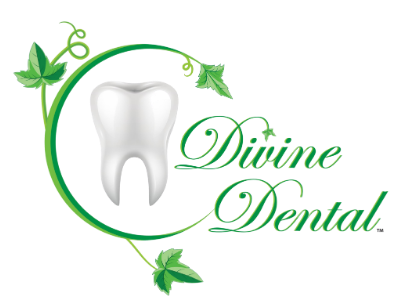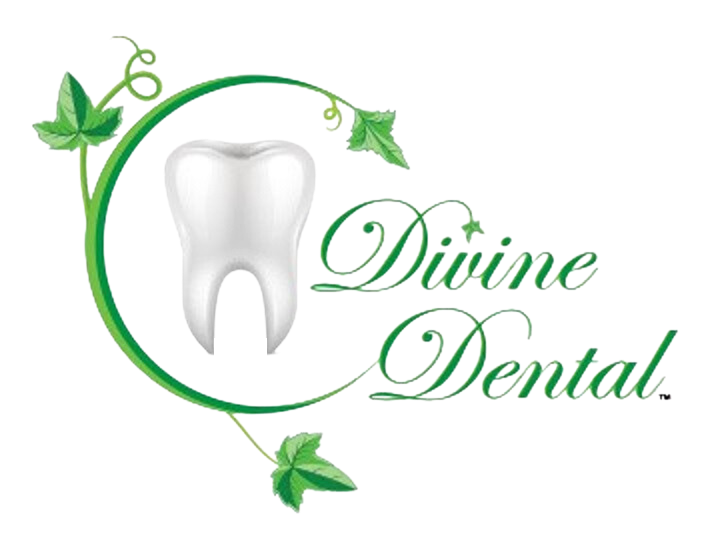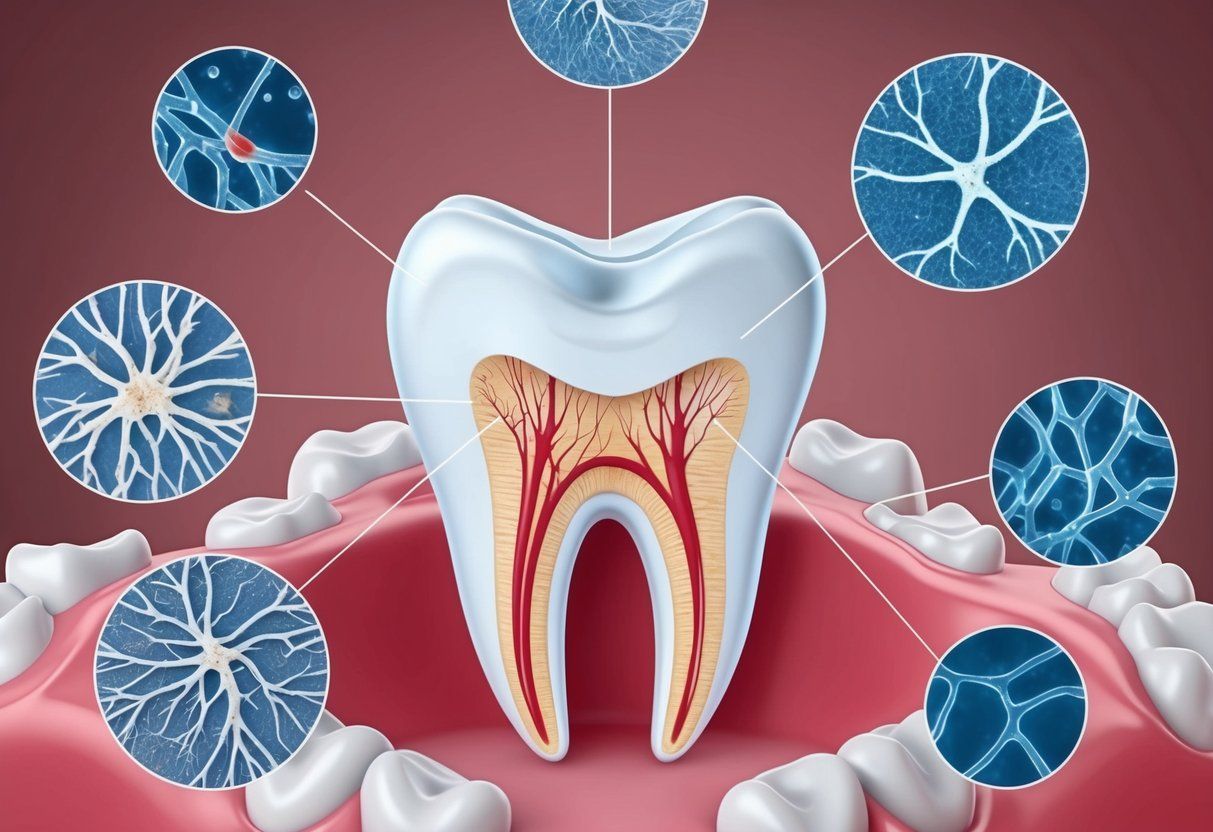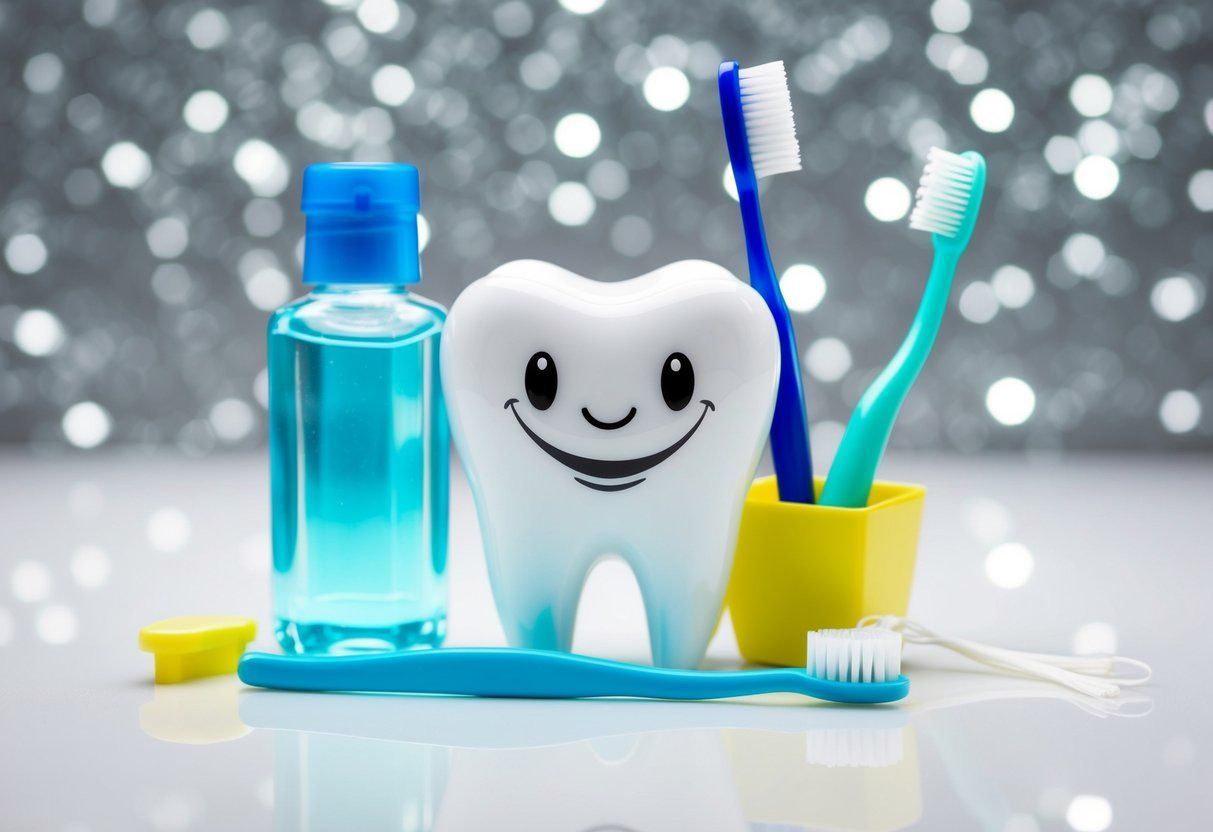How to Choose the Best Toothpaste: Essential Tips for Optimal Dental Care
Choosing the right toothpaste can make a big difference in oral health. The best toothpaste should have fluoride, be ADA-approved, and meet individual needs like sensitivity or whitening. With so many options available, it’s important to know what to look for to keep teeth clean and strong.
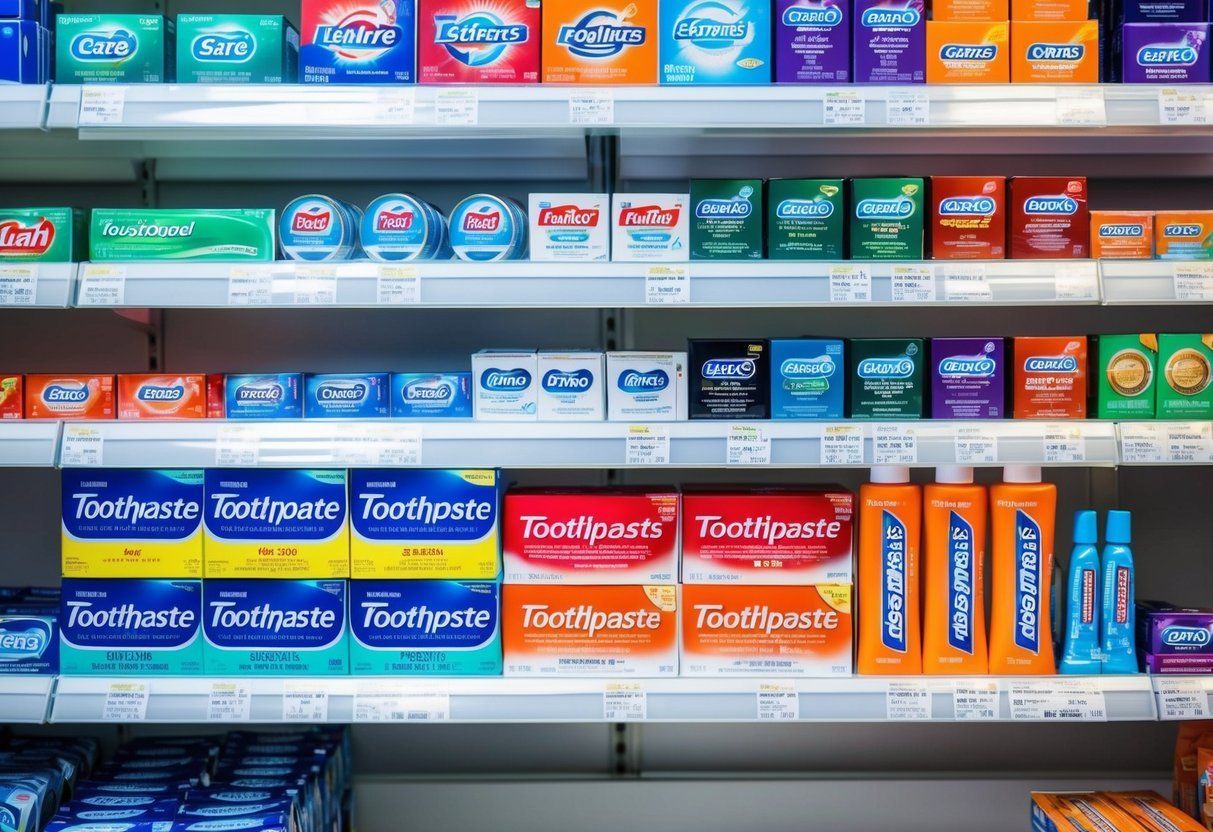
An informed choice means understanding the key ingredients and their benefits. Specialty toothpastes can cater to specific issues, whether someone needs extra tartar control or is looking to combat bad breath. Knowing these details can lead to better dental hygiene.
Finding the right toothpaste is just as crucial as regular brushing. A little research can ensure that each person selects a product that supports their unique oral health needs.
Key Takeaways
- Fluoride and ADA approval are essential in choosing toothpaste.
- Specialty toothpastes target specific dental issues.
- Knowledge of ingredients leads to better oral care choices.
Understanding Toothpaste Basics
Toothpaste comes in different types and forms with key ingredients like fluoride and abrasives. Knowing these basics can help when choosing the right toothpaste for maintaining oral health.
Defining Toothpaste: Types and Forms
Toothpaste primarily exists in two forms: paste and gel. Paste has a thicker texture, often containing calcium carbonate or hydrated silica as abrasives. This helps in removing plaque effectively. Gel toothpaste is smoother and may be preferred by those who enjoy a lighter feel.
The active ingredients vary between types. Many toothpaste options include fluoride, which strengthens teeth and helps prevent cavities. Choosing a toothpaste that fits personal preferences in texture can enhance the brushing experience while ensuring effective cleaning.
Role of Fluoride in Dental Health
Fluoride is a key player in dental care. It helps strengthen tooth enamel and makes teeth more resistant to decay. One common type of fluoride used in toothpaste is sodium fluoride.
Regular use of fluoride toothpaste can significantly lower the risk of cavities. It works by helping to remineralize areas of the enamel that have been weakened by acids from food and bacteria. Toothpaste with fluoride is often recommended by dental professionals for effective protection.
Abrasives and Their Function
Abrasives in toothpaste help clean teeth and remove stains. Common abrasives include calcium carbonate and hydrated silica. These ingredients help scrub the surface of the teeth without damaging the enamel when used properly.
The amount of abrasiveness varies by brand and type. Some toothpaste is designed for sensitive teeth and contains gentler abrasives. When selecting toothpaste, individuals should consider their need for stain removal versus enamel protection.
The Importance of the American Dental Association (ADA) Seal
The ADA Seal of Acceptance is a valuable indicator for quality dental products. Toothpaste bearing this seal has met specific criteria for safety and effectiveness. It assures consumers that the product has been evaluated by dental experts.
Choosing toothpaste with the ADA Seal may provide added confidence in its ability to promote oral health. This seal appears on packaging and can guide users in making informed decisions when selecting toothpaste.
Analyzing Key Ingredients
Choosing the right toothpaste involves understanding the ingredients that can affect oral health. Key components contribute to cavity prevention and overall mouth care. Some ingredients may be beneficial, while others are better avoided.
Active Ingredients for Cavity Prevention
One crucial active ingredient in many toothpastes is fluoride. Fluoride helps to strengthen tooth enamel and reduce cavities. Both sodium fluoride and stannous fluoride are common options.
Another beneficial ingredient is xylitol. It is a natural sugar substitute that can help prevent cavities by neutralizing acids in the mouth. Xylitol also encourages saliva production, which helps to wash away food particles.
Toothpaste may also contain peroxide, which is used for its whitening effects. While it can brighten teeth, its strength is key, as very high concentrations can cause sensitivity.
Natural Ingredients in Toothpaste
Natural toothpaste options often focus on plant-based ingredients. Look for products that contain baking soda, which can gently clean teeth and help control plaque. Some types also use essential oils, like tea tree oil, for their antibacterial properties.
Herbal extracts, such as aloe vera and neem, are common in natural formulations. These can soothe gums and support oral health. Natural toothpastes typically avoid synthetic compounds, appealing to those looking for a more holistic approach.
Chemicals to Avoid: SLS and Triclosan
When choosing a toothpaste, certain chemicals should be avoided. Sodium Lauryl Sulfate (SLS) is a common ingredient that can cause irritation. It is known for creating foam, but some people may experience mouth sores when using SLS.
Triclosan is another chemical to watch out for. While it has antibacterial properties, it has raised concerns regarding its long-term effects on health and the environment. Many brands are moving away from triclosan due to these concerns.
Choosing toothpaste carefully based on these ingredients can lead to better oral health. Reading labels and understanding the purpose of each component can help make informed decisions.
Specialty Toothpastes and Their Purposes

Specialty toothpastes serve specific dental needs, helping individuals choose the right product for their conditions. Different formulas target sensitivity, whitening, tartar control, and fluoride levels.
Toothpastes for Sensitive Teeth
Toothpastes designed for sensitive teeth contain active ingredients like potassium nitrate or strontium chloride . These compounds help block pain signals from the nerve endings in teeth. Brands like Sensodyne offer effective options that provide relief from discomfort caused by hot, cold, or sweet foods.
Using these toothpastes regularly can lead to significant improvement in sensitivity. It’s important to verify that the chosen toothpaste provides long-lasting relief. Sensitivity relief can take some time, so consistent use is key for individuals dealing with this issue.
Whitening Toothpastes and Their Efficacy
Whitening toothpastes often contain hydrogen peroxide or charcoal to help remove surface stains on teeth. They promise to lighten teeth by several shades with regular use. However, the results can vary based on the original tooth color and the type of staining.
While these toothpaste options can brighten a smile, they may not be as effective as professional treatments. Users should also check for potential enamel wear from abrasive ingredients in some formulations. Regular dental check-ups can help monitor the health of teeth while using these whitening products.
Formulas for Tartar Control and Gingivitis Prevention
Tartar control toothpastes contain ingredients like zinc citrate , which helps prevent plaque build-up that can lead to tartar. Keeping tartar at bay is essential for maintaining gum health. Some products focus on preventing gingivitis , an early stage of gum disease.
Toothpastes formulated for these purposes often include anti-bacterial agents. They work to reduce inflammation and promote healthier gums. Using such products can help maintain both gum health and overall oral hygiene, provided users combine toothpaste with proper brushing and flossing techniques.
Toothpastes Without Fluoride: Pros and Cons
Fluoride-free toothpastes are popular among those concerned about fluoride’s effects. These products typically use natural ingredients that promote dental health without the use of fluoride. However, removing fluoride means missing out on a key element that protects against tooth decay.
On the other hand, some individuals may prefer fluoride-free formulas due to allergies or personal beliefs. It’s vital to weigh the pros and cons. Users should consult their dentist when considering fluoride-free options to ensure they still meet their oral health needs.
Toothpaste in Oral Hygiene Regimen
Toothpaste plays a crucial role in maintaining oral health. It works best when combined with proper techniques, the right tools, and complementary practices such as flossing and rinsing.
Proper Brushing Techniques with Toothpaste
Using toothpaste effectively requires good brushing techniques. It is important to place a pea-sized amount of toothpaste on the toothbrush. A soft-bristled toothbrush is recommended for most people.
Brushing should last for two minutes, ensuring all surfaces of the teeth are cleaned. This includes outer, inner, and chewing surfaces. Moving the toothbrush in gentle circular motions helps remove plaque without damaging the gums.
Brushing should occur twice a day, ideally in the morning and before bed. Rinsing the mouth with water afterward can help wash away any residue.
The Synergistic Effect of Flossing and Rinsing
Flossing and rinsing are essential parts of an effective oral hygiene routine. Flossing removes food particles and plaque from between teeth where a toothbrush may not reach. Individuals should use about 18 inches of dental floss, wrapping it around their fingers for better control.
After flossing, rinsing with a mouthwash can provide additional benefits. Mouthwash can kill bacteria , freshen breath, and offer fluoride protection. It is best to wait at least 30 minutes after brushing before rinsing. This allows the fluoride in the toothpaste to strengthen tooth enamel.
Selecting the Right Toothbrush
Choosing the right toothbrush can make a difference in oral hygiene. Electric toothbrushes are often recommended because they can clean teeth more effectively than manual ones. Their built-in timers ensure thorough brushing.
When selecting a manual toothbrush , look for one with soft bristles. Hard bristles can damage gums and enamel. The size of the toothbrush head should also match the mouth size for better access to all teeth.
Replace toothbrushes or toothbrush heads every three to four months. This ensures bristles remain effective in cleaning. Keeping it clean and stored upright can also help maintain its hygiene.
Consumer Considerations When Buying Toothpaste
When selecting toothpaste, personal preferences, cost, and environmental impact play crucial roles. Each factor is important for ensuring satisfaction with the product and supporting individual values.
Factor in Personal Preferences for Flavor and Texture
Taste and texture are key aspects people consider when choosing toothpaste. Some prefer minty flavors, while others might choose fruity or herbal options. Flavor can make brushing more enjoyable, encouraging regular use.
Texture also matters. Some may like a gel formulation, while others prefer a paste. A creamy texture can feel more comfortable and fresh. Trying different flavors and textures is helpful to find what works best.
Evaluating Cost and Brand Reputation
Cost is a significant consideration for many buyers. Affordable toothpaste options are available, but it is essential to balance price with effectiveness. Some brands may offer lower prices but compromise on results.
Brand reputation can impact trust. Well-known brands often invest in research and marketing, which can translate to reliable products. Reading reviews and checking product ratings helps consumers make informed choices about which brands to trust.
Environmental Considerations
More consumers are thinking about the environment when choosing toothpaste. Sustainable options may include those with eco-friendly packaging or organic ingredients.
Some brands focus on reducing plastic waste by offering refillable options. Organic toothpaste may be preferred by those looking for natural ingredients. Checking product labels for certifications can guide eco-conscious choices.
Advanced Topics in Dental Care
Toothpaste plays a significant role in maintaining dental health. Understanding its impact on overall well-being and exploring emerging trends can help individuals make better choices for their oral care.
Link Between Toothpaste and Overall Dental Health
Toothpaste helps prevent plaque buildup, which is crucial to avoiding cavities and gum disease. Ingredients like fluoride promote cavity prevention by strengthening enamel, making it more resistant to decay.
Common active ingredients include sorbitol and humectants that maintain moisture, while options like charcoal claim to whiten teeth. Research shows that toothpaste with hydroxyapatite can also assist in repairing enamel.
Certain formulas, like Parodontax , target bleeding gums and combat gum sensitivity. For individuals facing specific issues, prescription toothpaste may be necessary for more effective treatment.
Future Trends in Toothpaste Technology
Innovation in toothpaste technology is progressing rapidly. Many products are now enhanced with natural ingredients such as aloe vera , appealing to those seeking vegan options.
New formulations aim to tackle issues like bad breath more effectively using powerful active ingredients like carbamide peroxide .
Smart toothpaste is also emerging, offering deep cleaning capabilities and targeted treatments for acid erosion and tooth decay . The development of ADA-approved products ensures that new formulas meet high safety and efficacy standards.
Expert Opinions and Research
Expert opinions play a crucial role in selecting effective toothpaste. Dr. Edmond Hewlett emphasizes the importance of looking for ADA approval , which indicates that the product has been tested for safety and effectiveness.
Research consistently shows that consistent use of quality toothpaste can significantly reduce dental problems. Colgate Cavity Protection Toothpaste is often recommended due to its effective formula.
Oral health experts also stress the need for a comprehensive dental care routine, including regular check-ups and personalized care plans. This combined approach helps in preventing plaque buildup and enhancing overall dental health.
Frequently Asked Questions
Choosing the right toothpaste involves understanding its ingredients and purpose. Questions often arise about effectiveness, professional recommendations, and how to evaluate quality.
What are the criteria for selecting a toothpaste that effectively prevents cavities?
Toothpaste should contain fluoride, as it strengthens enamel and helps prevent cavities. A toothpaste with the American Dental Association (ADA) Seal of Acceptance is also a good option. Look for options that have proven cavity-fighting ingredients.
Which toothpaste receives the highest recommendations from dental professionals?
Dental professionals often recommend toothpastes that contain fluoride and have the ADA Seal. Many also suggest brands with specific formulas for different needs, like sensitivity or whitening, depending on the individual’s dental health.
What are the key factors to consider when choosing a toothpaste for daily use?
When choosing toothpaste for daily use, consider taste, texture, and specific needs like sensitivity or whitening. It is important to select a product that encourages regular brushing without causing discomfort. Flavored options may help children maintain good habits.
How can you determine the quality of toothpaste before purchasing?
To evaluate toothpaste quality, check for the ADA Seal, which indicates effectiveness and safety. Reading customer reviews can provide insight into user satisfaction. Ingredient lists can also help identify any components to avoid based on personal health needs.
Is fluoride toothpaste the best choice for dental health?
Fluoride toothpaste is widely recommended for promoting dental health. It helps to remineralize enamel and prevent decay. For those with specific health concerns or preferences, non-fluoride options are available, but they may not offer the same level of protection.
What does the toothpaste color code signify?
Toothpaste color codes appear on the packaging. They indicate the type of ingredients used. A green code usually means the product is made from natural ingredients, while blue may suggest it contains a mix of natural and synthetic materials. Other colors can indicate more synthetic formulations.…
